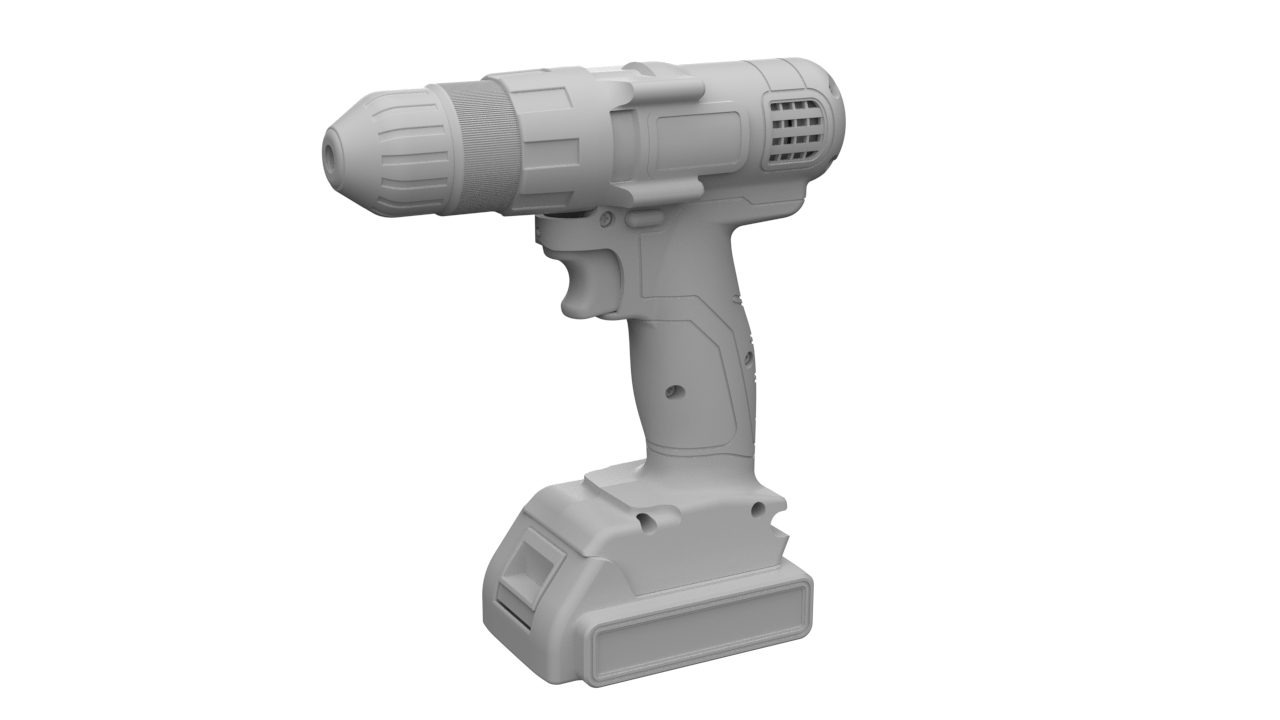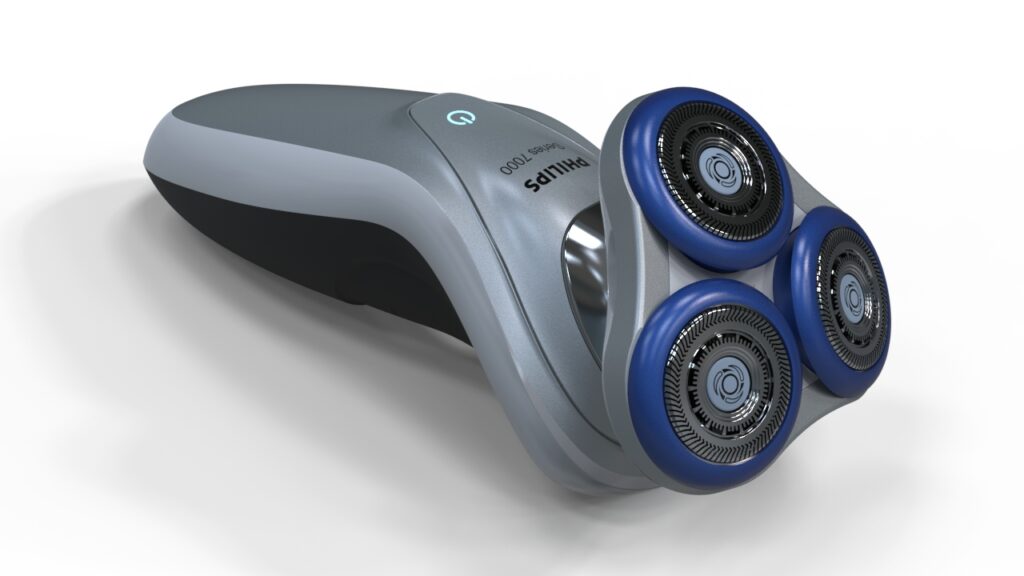Photorealistic Rendering
What is Photorealistic Rendering?
Perfect Application of Photorealistic Rendering
Product Design
Advantages of Photorealistic Rendering
Realistic Visualization


• Helps stakeholders see a near-exact representation of the final product before manufacturing or construction.
• Enhances design accuracy by simulating real-world lighting, textures, and materials.
Cost & Time Efficiency

• Reduces the need for physical prototypes, saving material costs.
• Speeds up design iterations and decision-making.
Effective Marketing & Presentation
• Creates high-quality visuals for advertisements, websites, and brochures.
• Engages customers better with lifelike product images.
* Rotate image to view image in 3D.
Improved Communication
• Bridges the gap between designers, engineers, and clients with clear, realistic visuals.
• Eliminates misunderstandings caused by abstract sketches or technical drawings.
Flexibility & Customization
• Allows easy modifications in colors, textures, and materials without starting from scratch.
• Can simulate different environments, lighting conditions, and perspectives.
Competitive Advantage

• High-quality visuals can set a business apart from competitors, attracting more clients and investors.
• Gives a professional edge in presentations, proposals, and marketing materials.
Address List
- Gujarat, India
- +91 8401878381
- support@simul8.in
